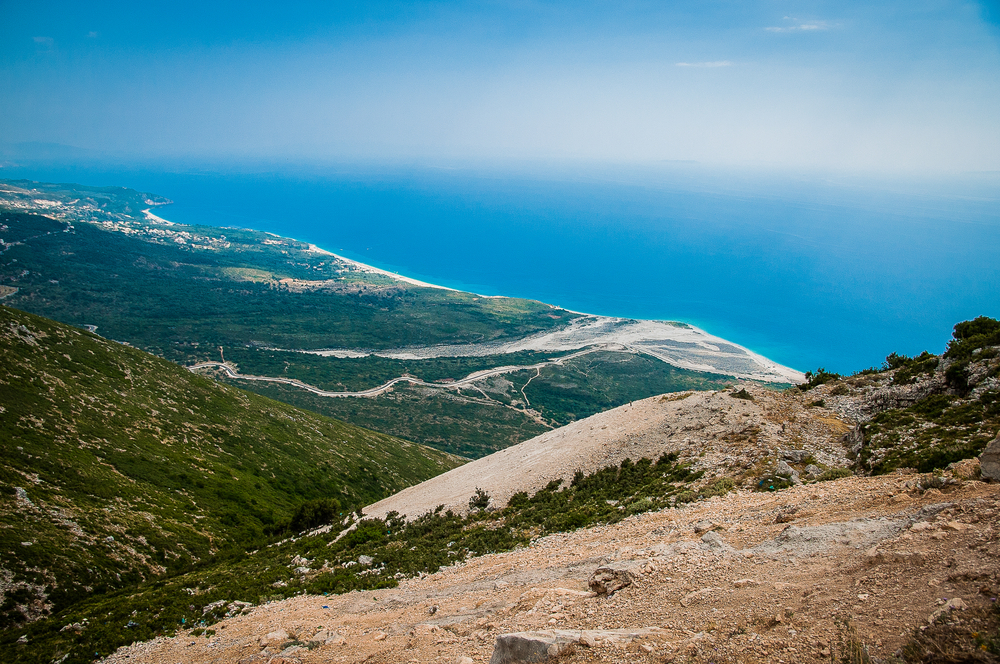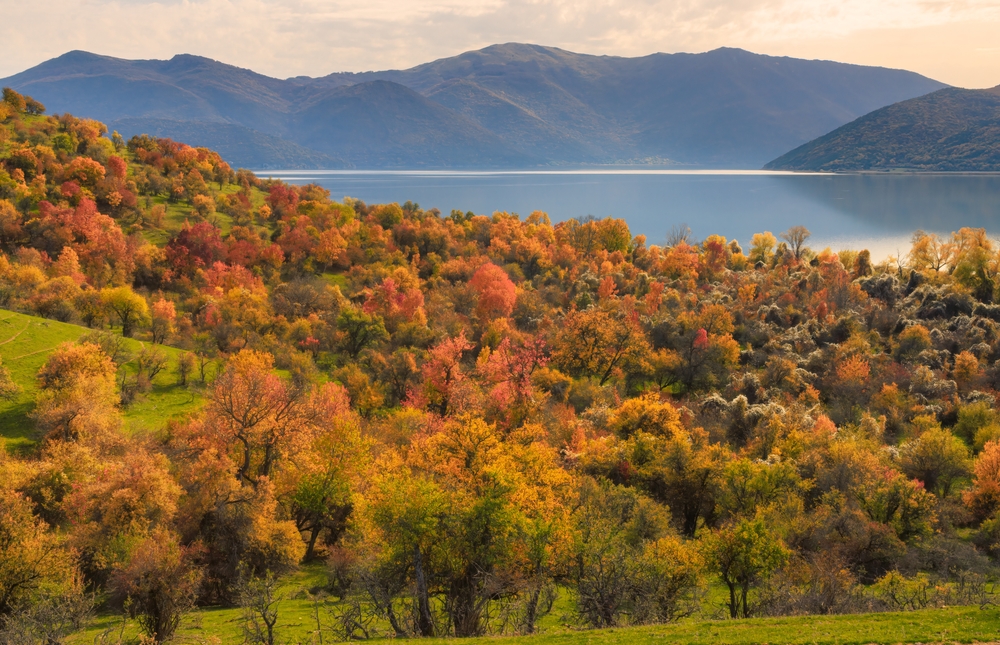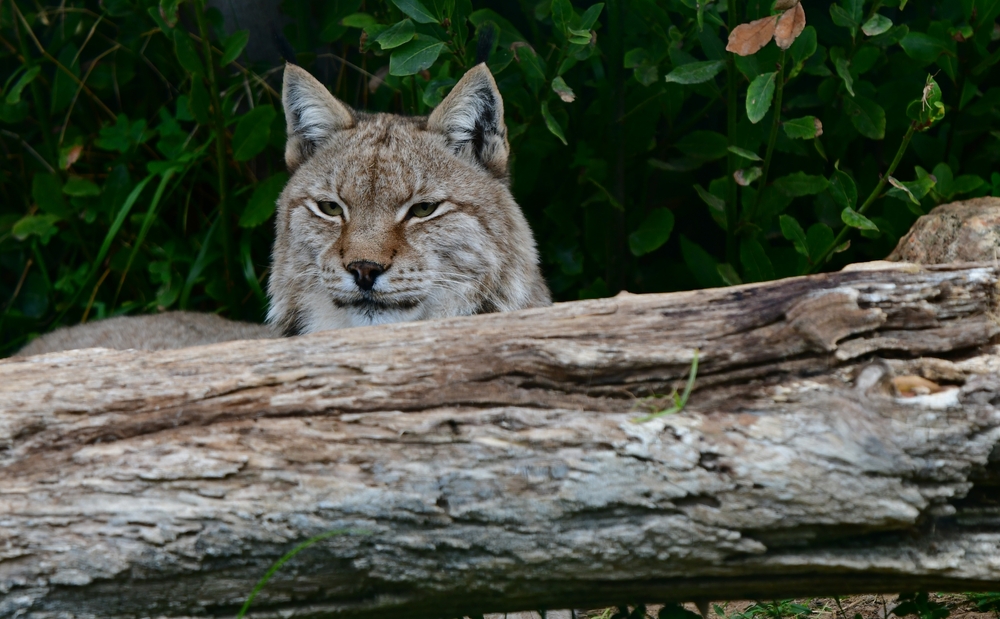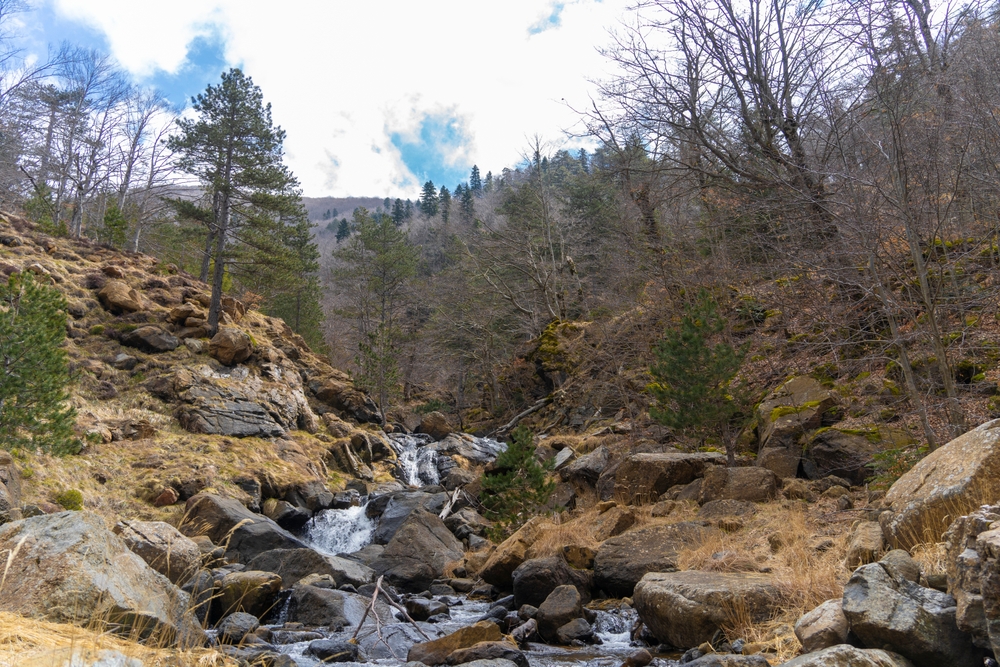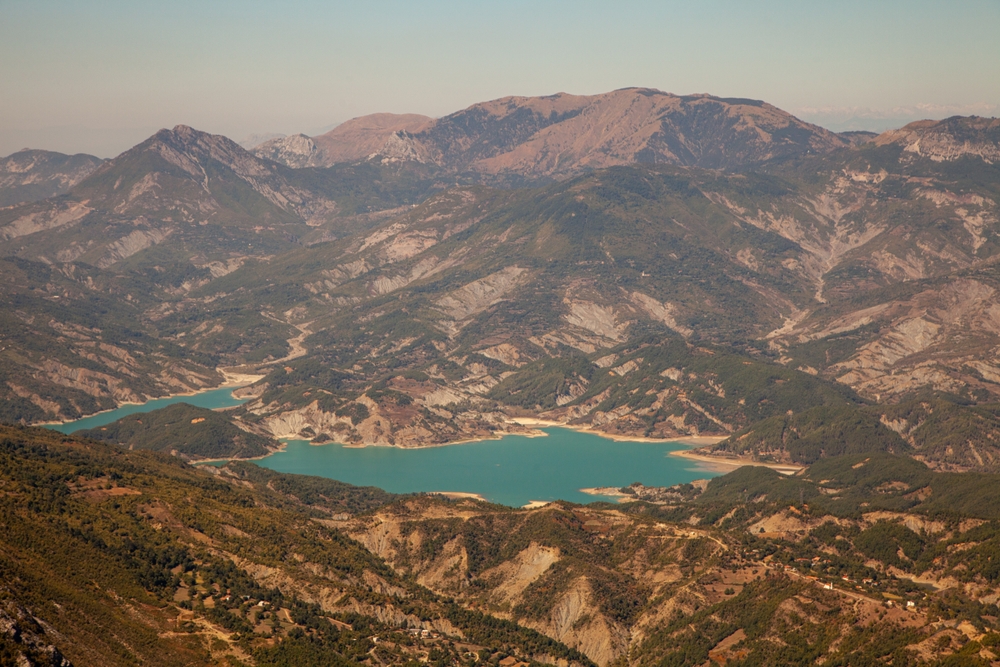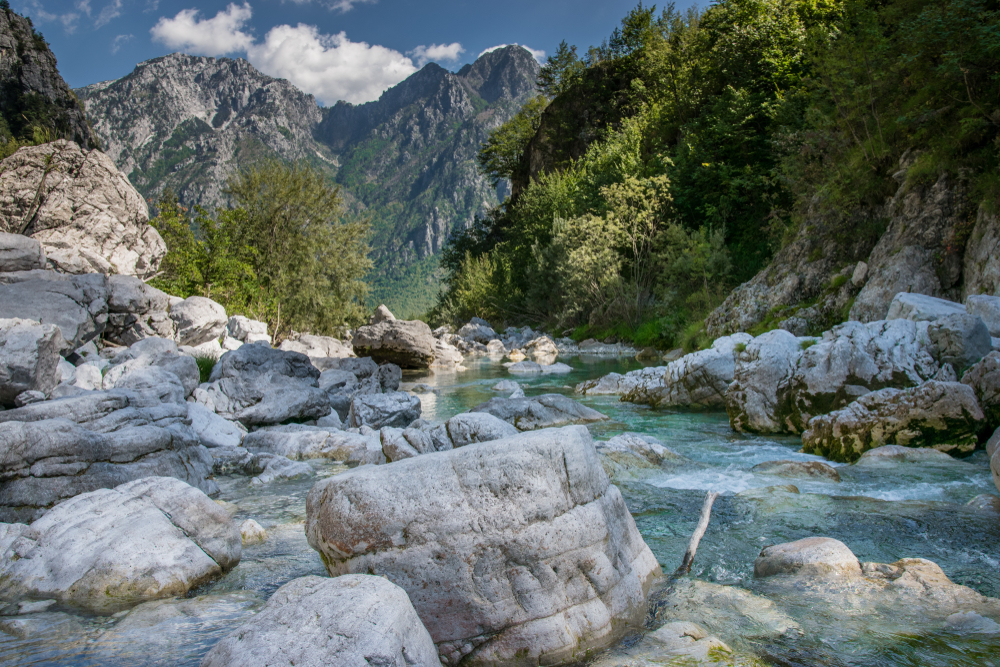Tomorr Mountain Overview
Tomorr Mountain National Park, known locally as “Parku Kombëtar Mali i Tomorrit,” is a breathtaking natural sanctuary in southern Albania, spanning an impressive 104 square miles (271 square kilometers). Situated near the city of Berat, a UNESCO World Heritage Site, this park is named after Mount Tomorr, a towering peak revered both for its natural beauty and spiritual significance.
Rising to an altitude of 7,927 feet (2,416 meters), Mount Tomorr dominates the park’s rugged landscape, offering dramatic vistas and a sense of mystique that has drawn visitors and pilgrims for centuries.
The terrain of Tomorr Mountain National Park is a striking combination of steep cliffs, dense forests, alpine meadows, and rolling hills. The park’s lower altitudes are cloaked in oak and beech forests, giving way to pine and fir as the elevation rises.
Above the treeline, lush pastures and rocky outcrops provide panoramic views of the surrounding valleys. The Osum River, a lifeline for the region, cuts through the park, creating deep gorges and stunning waterfalls, including the Osum Canyon—a geological marvel that stands as one of Albania’s most picturesque features.
Wildlife enthusiasts will find Tomorr Mountain National Park teeming with biodiversity. The park is home to a variety of mammals, including the elusive Balkan lynx, wolves, and brown bears. Roe deer and wild boars roam the forests, while golden eagles and peregrine falcons soar above the rugged cliffs.
Birdwatchers will also delight in spotting rock partridges, hoopoes, and Eurasian woodpeckers in the park’s diverse habitats. The park’s flora is equally impressive, with rare alpine flowers, endemic species, and medicinal herbs adding to its ecological significance.
One of the park’s most celebrated features is its cultural and spiritual heritage. Mount Tomorr is considered sacred by both Christians and Muslims, with the annual Bektashi pilgrimage to honor Abaz Ali drawing thousands of visitors. During this time, traditional ceremonies, prayers, and communal gatherings take place, creating a unique cultural experience amidst the natural splendor.
For those seeking adventure, the park offers numerous hiking and trekking routes, with trails leading to the summit of Mount Tomorr and through scenic valleys and gorges. The Osum Canyon is a hotspot for rafting, offering thrilling experiences through its turquoise waters and towering cliffs.
Conservation efforts in Tomorr Mountain National Park face challenges such as illegal logging, poaching, and the impacts of climate change. However, ongoing initiatives by local and international organizations have made progress in protecting the park’s ecosystems and promoting sustainable tourism.
Efforts to engage local communities in conservation activities, alongside environmental education campaigns, have been critical in preserving the park’s natural and cultural heritage.
Tomorr Mountain National Park stands as a testament to Albania’s rich biodiversity, cultural depth, and breathtaking landscapes, making it a must-visit destination for nature lovers, adventure seekers, and those seeking a spiritual connection with the land.











































































